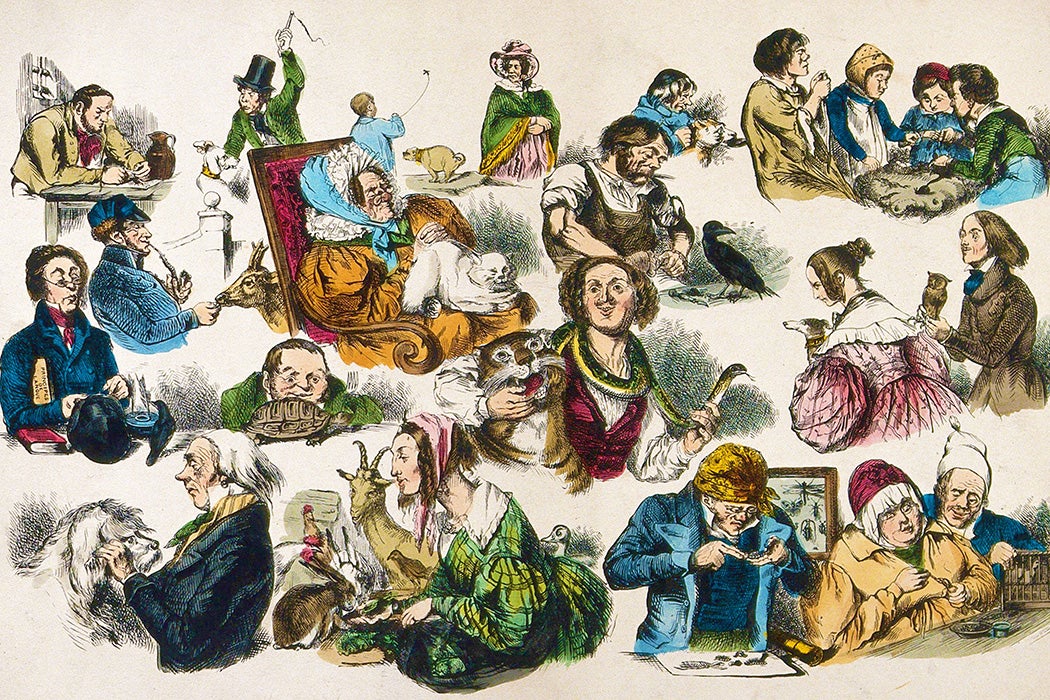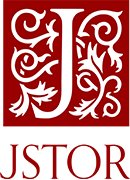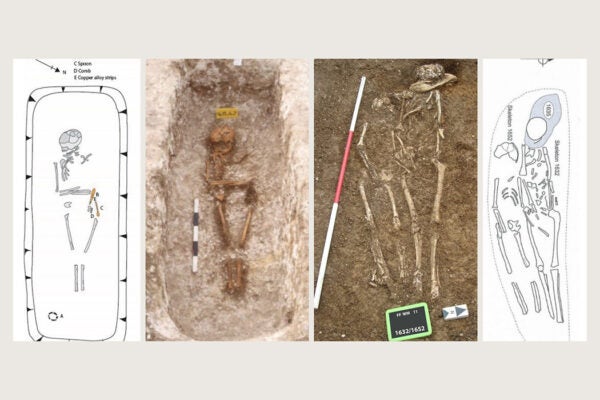How can we help students understand the role language plays in shaping attitudes, cultural beliefs, and social policy? Maria Rovito, Instructor of Medical Humanities at Albany College of Pharmacy and Health Sciences reminds her students that language is never neutral. In medical fields, it builds the scaffolding of what we call “real” or “imagined” illness, “abnormal” and “normal,” and the “sick” and the “healthy.” It determines who gets care, who gets believed, and who gets dismissed.
To help her students investigate this assertion, Rovito designed an in-class activity that invites them to become more than a student of history. It calls on them to become ethical communicators, people who can see through the legacy of damaging terms and false diagnoses and help shape a better language for care. By looking at the wounds of the past, they learn how to use words to heal in the future.
Learning Outcomes
Objective 1: Identify and list major nineteenth-century medical figures, treatments, diagnoses, and common practices and beliefs related to illness, health, and disability.
Objective 2: Explain how language shaped the perception of illness. Distinguish between scientific observation and biased assumption in historical medical texts or images.
Objective 3: Critique the ethics of historical medical figures or institutions like asylums using contemporary frameworks (e.g., the importance of patient narratives). Develop a collaborative group presentation that proposes alternative language and frameworks for understanding historical illness.
Weekly Newsletter
Activity Overview
In this group-based activity, students will explore the language, assumptions, and power structures embedded in nineteenth-century Western medicine that shapes our medical and cultural understanding of illness and health today. By investigating key figures, treatments, and diagnoses from that era, you’ll examine how language was used (and still is) to define what counted as “real,” “treatable,” or “moral” illness and how those definitions were deeply entangled with cultural attitudes about gender, race, disability, and class. The primary goal is to trace how these medical ideas were communicated through language and how that language still influences public and clinical understandings of the body today.
Students will work collaboratively to analyze historical materials and compose a short article that interprets one of these topics through a modern critical lens. This assignment is part research, part cultural analysis, and part reflective storytelling. Students not only learn about the past: they learn to communicate about health and illness responsibly and resist harmful frameworks that affect patients today.
Topics
Students will choose one of the following figures or topics to analyze:
- J. Marion Sims: Often called “the father of modern gynecology,” Sims operated on enslaved Black women without anesthesia.
- Joseph Carey Merrick: Labeled “The Elephant Man,” his case reveals nineteenth-century fascination with bodily difference, medical spectacle, and the concept of “freaks.”
- The Rest Cure: A treatment for “nervous women” involving isolation, forced feeding, and bed rest, famously represented in “The Yellow Wallpaper” by Charlotte Perkins Gilman.
- Toast Water: A food used for the sick and “invalid,” toast water was used in asylums and sanatoriums.
- Hysteria: A gendered and often fabricated diagnosis that pathologized women’s pain, sexual behavior, or resistance.
- Drapetomania: A pseudoscientific “mental illness” invented to explain why enslaved people would want to run away.
Step 1: Research in Groups
In small groups of 3-4, students research their chosen figure, treatment, or illness. Advise them to use reputable online archives and databases such as:
- JSTOR’s History of Medicine Collections, in collaboration with Vanderbilt University.
- JSTOR’s Wellcome Collection, in collaboration with the Wellcome Trust.
- JSTOR’s Images of the History of Medicine, in collaboration with the National Library of Medicine.
- JSTOR’s Independent Voices
- And other helpful tools, such as JSTOR’s “Browsing Related Items” and Workspace’s “Comparing Items”
As students gather information, they should consider:
- What language is used to describe the body, mind, or behavior?
- How are race, gender, and class implied or explicitly mentioned?
- Does this language assume that a particular body is normal, deviant, or in need of correction?
- How are treatments framed? As benevolent, necessary, or punitive?
- Most importantly: Whose voices are missing? Are the voices of patients themselves present in these sources?
Groups should take notes on both the medical rationale and the cultural attitudes embedded in your sources.
Step 2: In-Class Small Group Analysis Discussion
The groups should discuss and document the following:
- What assumptions underlie the diagnoses or treatments?
- Are they based in observation, ideology, racism, sexism, religion, or moral panic?
- How did these ideas influence public health policies, medical education, or patient care?
- How do the terms and beliefs persist today in how we speak about illness (e.g., “too hormonal,” “crazy,” “abnormal,” “noncompliant,” etc.)?
Step 3: Writing the Article
Each group will write a short article intended for the class (public audience). The article should be between 300 and 500 words, and the tone should be accessible, informative, and reflective. It should both explain the historical topic and make a case for why it still matters in today’s healthcare or cultural environment.
The article should have:
- A clear title
- Introduction of the chosen figure or topic and what it reveals
- Evidence of research (quotes from primary sources, images, etc.)
- Analysis of how the language found shaped perceptions of illness
- A modern connection (e.g., current stigma around physical disability or racialized diagnoses)
- A strong conclusion that reflects on the power of words in medicine
More to Explore
Lies, Damn Lies, and…Primary Sources?
July 15, 2025An instructor shares her approach for teaching students how to evaluate historical materials and claims of veracity made by their originators.
Step 4: Sharing the Work
By the end of the activity, each group will share their work with the rest of the class, educating other students on the topic and conclusions. Consider:
- Does it explain the historical case clearly and accurately?
- Is the analysis thoughtful and supported by evidence?
- Is the writing style accessible for the broader public?
- Does it offer a compelling reason as to why the public and medical field should care about this history today?
Reflection (Optional)
Each student may also submit a 150–200-word individual reflection, answering:
- What did you learn from this activity that surprised you?
- How do you see the legacy of this history in your own understanding of illness?
- What role should language play in ethical medicine today?
Support JSTOR Daily! Join our membership program on Patreon today.







